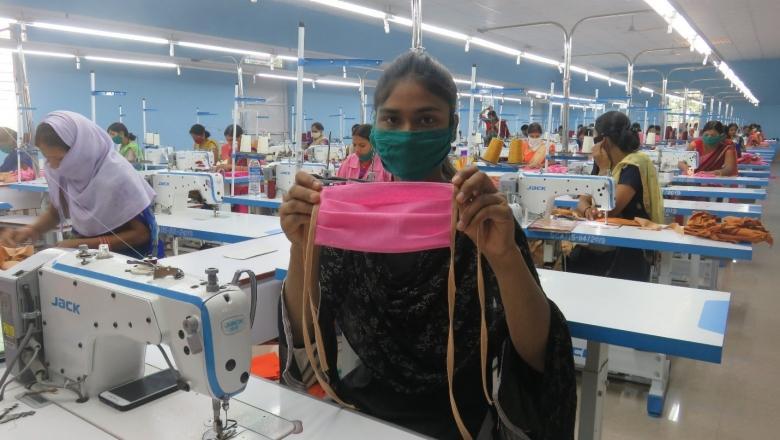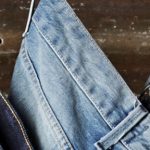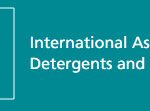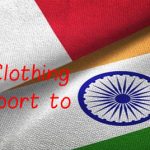 Ms. Farhat, a Self Help Group member working at Koel Apparel Park, Palamu, Jharkhand. Women’s self-help groups (SHGs) have come to the fore as foot soldiers in India’s fight against COVID-19 (Coronavirus). So far, more than 19 million masks have been produced by some 20,000 SHGs across 27 Indian states. Photo Credit: Ministry of Rural Development, Government of India (For illustration purpose only)
Ms. Farhat, a Self Help Group member working at Koel Apparel Park, Palamu, Jharkhand. Women’s self-help groups (SHGs) have come to the fore as foot soldiers in India’s fight against COVID-19 (Coronavirus). So far, more than 19 million masks have been produced by some 20,000 SHGs across 27 Indian states. Photo Credit: Ministry of Rural Development, Government of India (For illustration purpose only)
Editorial Note
From time to time, the world faces strange epidemics no less dangerous than the plague and cholera, SARS-CoV. Today it is exposed to a new virus and a threat called Corona.
As the number of confirmed cases of coronavirus continues to increase in the United Kingdom, a virus expert has revealed why additional steps are required when it comes to textiles to help protect against spreading.
We are all concerned, each according to its capabilities, to tackle this dangerous phenomenon.
We all wear ready-to-wear clothes and we use home furnishings in public places, such as transportation, woven and non-woven, knitted and braid fabrics. And these textile products, if they were treated in any way: chemical, thermal, biological, structural would have been reduced, even to prevent infection with the Corona virus, from the infected person to others, or the surrounding environment, but had the fabrics and clothing been treated against the viruses, they would have decreased cases of infection and transmission of the virus, pending the establishment of a drug and a cure to completely get rid of the Corona virus.
Currently, at the level of one product, the demand for sterile masks, which are placed on the nose and mouth, made of woven and non-woven fabrics has increased, and if every citizen on the globe can buy one muzzle, despite the high price of it several times, to imagine how many Textile plants requires us to meet the growing market need.
Textile products are of two types:
Products manufactured and put into use
In this case, it is necessary to follow the sterilization of the clothing and textiles and the surrounding environment, continuously and at least with and after each washing process, according to the characteristics of the textile and materials used in the sterilization.
Products that will be designed and manufactured in the future
Here extensive and in-depth scientific research must be undertaken to manufacture products with a structure and surfaces that are able to combat the Corona virus. These products are treated against the virus during manufacture, from the preparation of raw materials to the production stages, such as spinning, fencing, dyeing, printing and finishing.
Clothes and towels provide the ideal conditions for insects, germs, breeding, and viruses to survive. According to a report in the British newspaper “Mirror”, the fact that many of us wash clothes at 30 degrees Celsius regularly did not kill the Coronavirus, because this degree may not be hot enough to kill bacteria that might cling to our clothes.
Diane Dimitrov emphasizes that most viruses will not survive in temperatures above 60°c, so we can choose this setting to get rid of germs in particular, and they are washed less often like tea towels, bedding, bath towels, gloves, and scarves. The use of a washing machine dryer greatly eliminates viruses by exposing the clothes to sunlight.
Textile products from anti-bacterial nanotechnology to impart antibacterial properties, silver nanomaterials, titanium dioxide and zinc oxide are used. Mineral ions and metal compounds are used by exposing them to a certain degree of sterilization effect. It was considered that a portion of the oxygen in air or water was converted to the active oxygen by catalysis with a mineral ion, thus dissolving the organic matter to create a sterilization effect. With the use of nanoscale particles, the number of molecules increases per unit area, so the antibacterial effects can be enlarged.
Corona Virus Infection
The new coronavirus is contagious from person to person, the reason being that it mainly affects a person’s respiratory system and causes common cold symptoms such as sneezing and coughing. When a person sneezes or coughs without any protective mask, the infected respiratory droplets come out and spread to the people around him or who come into contact with the things that the affected person used. Spray from the respiratory tract infected with the virus can be secretions, sneezing, coughing, or saliva.
The role of protective masks in protecting against corona infection:
The World Health Organization recommends wearing protective masks to reduce the spread of the disease. Although somewhat effective, it does not guarantee a full prevention of spreading until other preventive measures are completed. But wearing masks gives both-way protection in the sense that it prevents the spread of a cough or sneeze spray of a muzzle wearer and at the same time protects from the entry of infected fluids from others into the nose or mouth of the wearer of the protective muzzle.
Duration of the virus to live on its surfaces
The exacted period for the Corona virus to remain active on the surfaces has not been determined. However, some information indicates that the Corona virus may live for a few hours on surfaces, and cleaning surfaces with a simple disinfectant may kill all viruses, so that they cannot infect others.
Suggestions
Forming scientific research teams and allocating adequate funding for them. The composition of the members of the scientific research team, which will determine the properties of the virus and the properties of textiles, which will be addressed to combat the virus are very important and require the presence of specialists from textile technology engineering, materials science, engineering chemistry and physicians specializing in epidemiological and infectious diseases and biologists, with scientific competencies and professional record And the acclaimed academic, the monitoring of funding and spending on research teams in a rewarding manner determines the type of desired research outputs.
Scientific Research Outputs
It may be difficult to count on the research teams in the third world countries, due to the weak capabilities, but this does not mean that there are no human scientific competencies capable of enrolling in the research groups that are formed in the developed countries.
It is the candidate countries now to start the formation of scientific research teams producing textiles that are against the global epidemics, which have a present and in the near and far perspective, laboratories, equipment and qualified human cadres, scientific research methodologies, financing and legal legislations that regulate their work. We mention but are not limited to: the United States of America, Japan, European Union
countries, China, Russia, Iran, etc.
Taher Rajab Kaddar Professor, Faculty of Mechanical and Electrical Engineering, University of Damascus, Syria Tel: +8975438292; E-mail: [email protected] (Source: Kaddar TR. “Editorial Note: The Role of Textile Products in Fighting the COVID-19.” J Textile Sci Eng 10 (2020). doi:10.37421/jtese.2020.10.e382)




